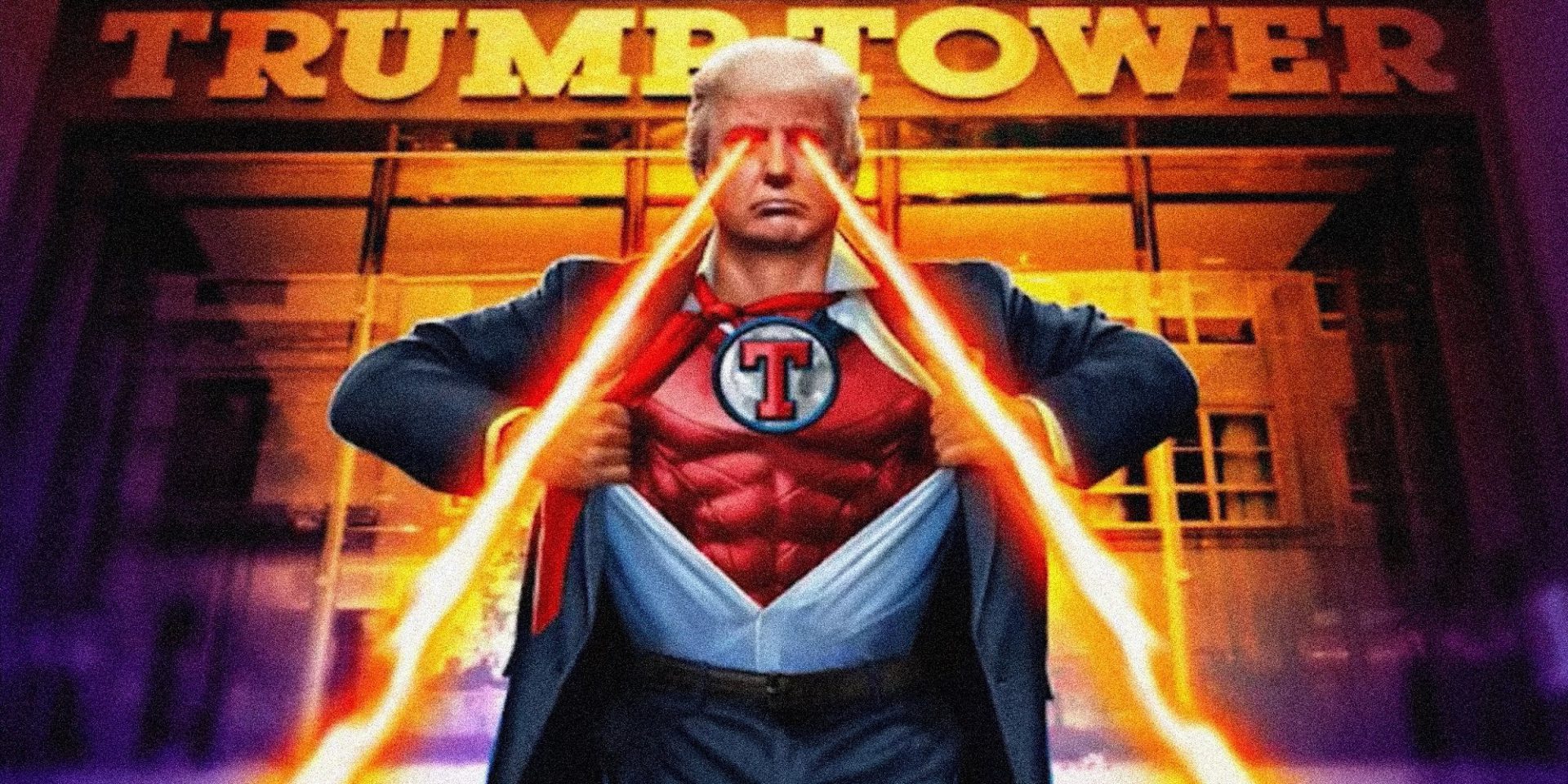Worried about your crypto investment? This recent experiment by JPMorgan shows that Crypto is here to stay.

The creation of Ethereum (ETH -1.13%) laid the foundation in 2013 for cryptocurrency to take the biggest step in development since its creation Bitcoin. With Ethereum’s programmable blockchain, developers could build self-executing code that would be triggered based on set conditions. Subsequently, this gave rise to an entire sector of blockchain that is known today as decentralized finance or DeFi.
With DeFi, many traditional financial operations, such as lending, were revolutionized and gave way to completely new methods of crypto-based financing such as yield farming. Unlike traditional finance, DeFi was open to anyone with sufficient funds and an internet connection. Users didn’t need credit scores, they didn’t need to show proof of identity, and they didn’t need to trust an intermediary like a bank. For these reasons, many see DeFi as a direct competitor to traditional financial institutions.
However, that may have changed this week with an announcement from one of the world’s largest banks.
Banks are embracing blockchains
For the past year, bank giant JPMorgan Chase (JPM 0.16%) and their partners in Singapore and Japan have been experimenting with ways to blend DeFi and traditional finance. In a world first, banks were able to use blockchains and cryptocurrencies to facilitate some of their most common transactions. To do this, they “tokenized” the Japanese yen, Singaporean dollar and bonds from both countries. All this means is that they were able to create blockchain versions of these traditional financial products.
The experiment achieved two notable achievements. First, they simulated a deposit of the Singapore dollar token in exchange for the Japanese yen token. This type of transaction is done all the time between banks. Because the value of national currencies changes every hour of the day, in order to maintain a well-structured balance sheet, banks trade currencies depending on price fluctuations. With currencies now in a tokenized form on the blockchain, banks can make these trades instantly, automatically if certain conditions are met (like a price drop or rise in the currency), and cheaper since there is no need to settle the trade with an intermediary.
The second part of this experiment was built on the tokenization of national currencies, but in the form of bonds. Like the foreign exchange market, bonds are heavily traded and have a wide range of players such as companies, banks and even governments. Similar to the achievements achieved by tokenizing currencies, the creation of a blockchain bond reduces costs, streamlines processes and allows transactions to be carried out in real time.
Following the success of the experiment, the Chief Fintech Officer for the Monetary Authority of Singapore (one of JPMorgan’s partners in the experiment) claimed that “digital assets and decentralized finance have the potential to transform capital markets.”
How they did it
To make all this happen, a few blockchains were used. The trades were technically settled Polygon (MATIC -10.26%) but also involved Ethereum and the DeFi specialist Aave (AAVE -11.70%). Ethereum has become the standard blockchain for DeFi due to its programmable smart contracts, decentralization and security. However, expensive fees and slow transaction speeds can plague the blockchain when traffic is high. Polygon remedies this by processing transactions on its own blockchain and then adding them to Ethereum as a package instead of individual transactions. This makes Polygon faster and cheaper to use than Ethereum, but still maintains the desired compatibility.
To set certain parameters such as exchange rates and interest rates, Aave was used. You can think of Aave as the bank itself where conditions can be put in place by managers. In addition, Aave’s functionality allowed JPMorgan to set up credential-based access so that only certain participants could make trades.
DeFi meets TradFi
This experiment proves that well-established processes performed by banks can transition to a blockchain-based solution and benefit all participants. Since the creation of cryptocurrencies and DeFi, banks and other traditional financial giants have written off its potential. Now everything has changed.
Ethereum, Polygon and Aave are at the forefront of DeFi integration with traditional finance. The potential of these cryptocurrencies is just beginning to be realized, and together they have the ability to revolutionize the nearly $7 trillion international banking industry. With all three of these cryptocurrencies at historically low prices, an investment today could yield promising returns as traditional finance begins to harness the true power of DeFi.
JPMorgan Chase is an advertising partner of The Ascent, a Motley Fool company. RJ Fulton has positions in Ethereum and Polygon. The Motley Fool has positions in and recommends Aave, Ethereum, JPMorgan Chase and Polygon. The Motley Fool has a disclosure policy.

























